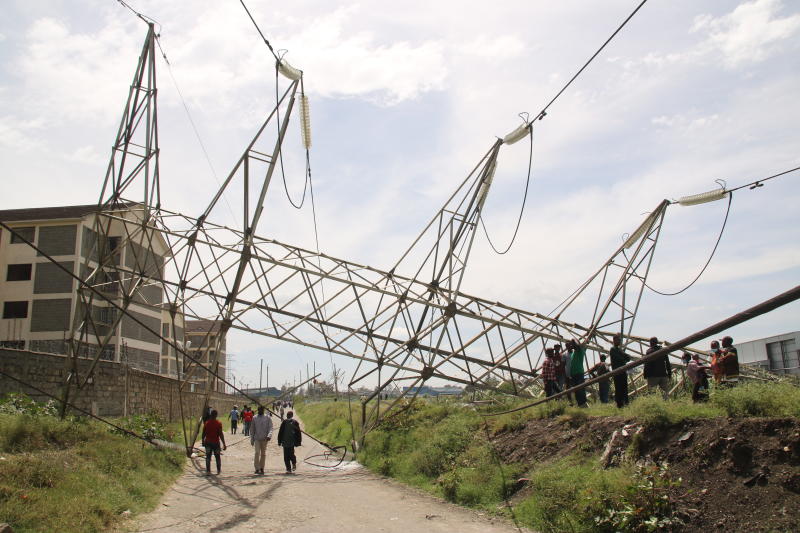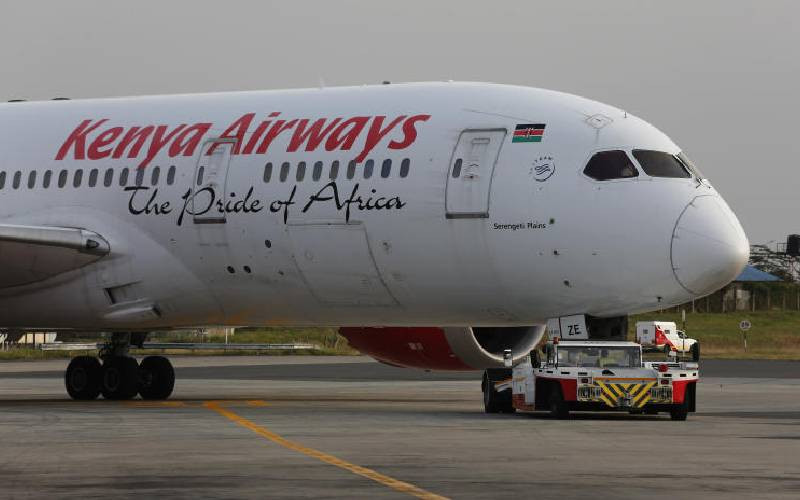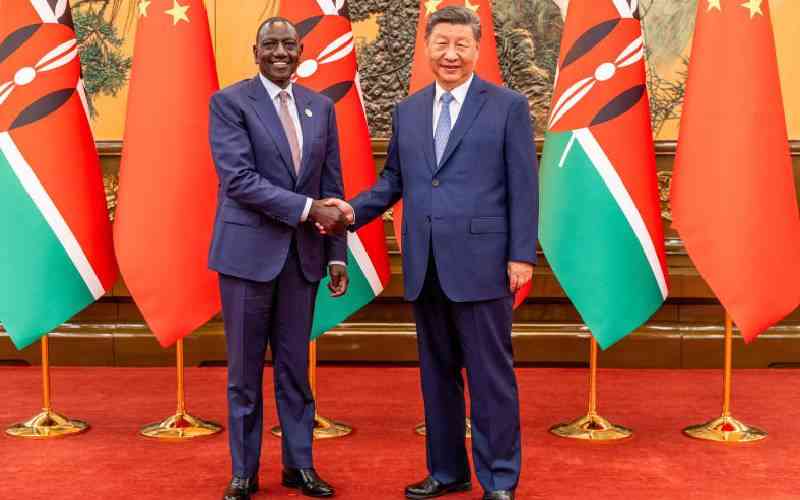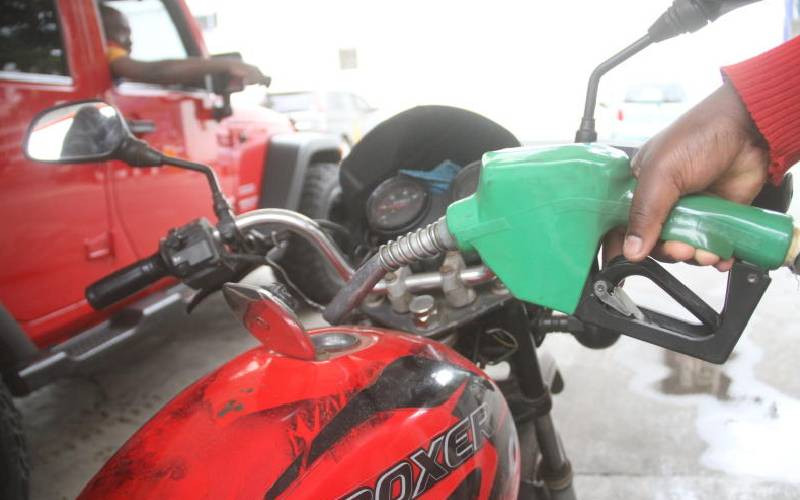×
The Standard e-Paper
Smart Minds Choose Us

Four Kiambere-Embakasi voltage transmission towers tumbled near a railway line and Mukuru kwa Reuben neighbourhood in Imara Daima, Nairobi, affecting power supply in Nairobi and some parts of the country. [David Gichuru, Standard]
Hours of darkness and a wishy-washy explanation. That is what Kenyans were fed yesterday following a nationwide power outage.







